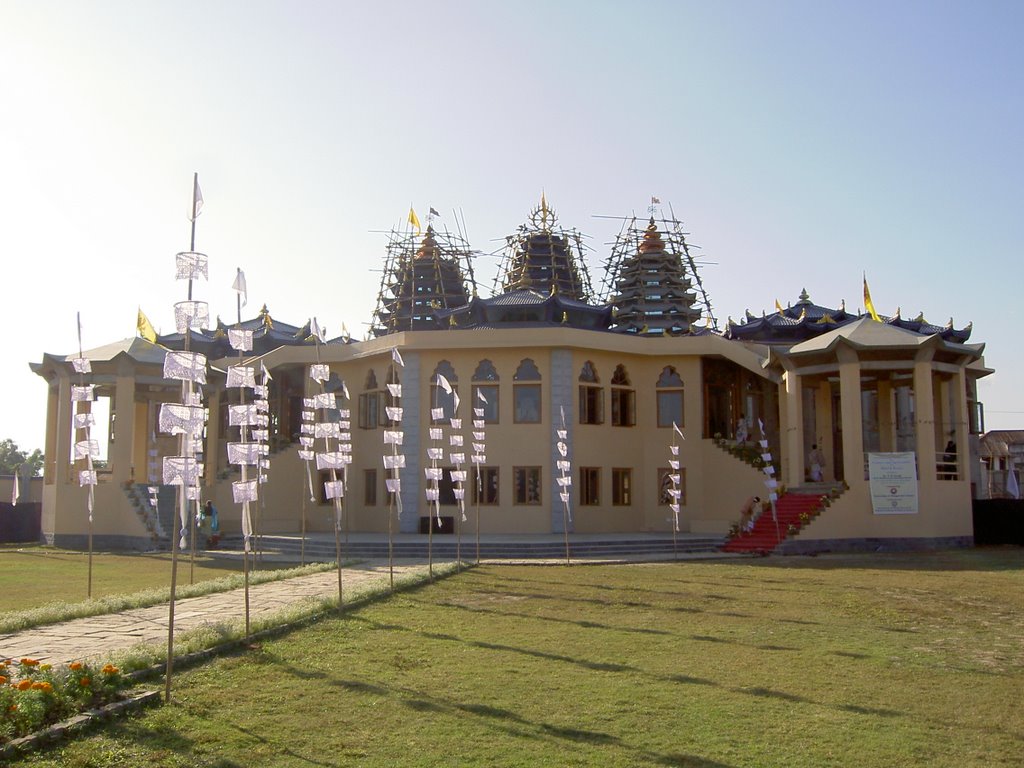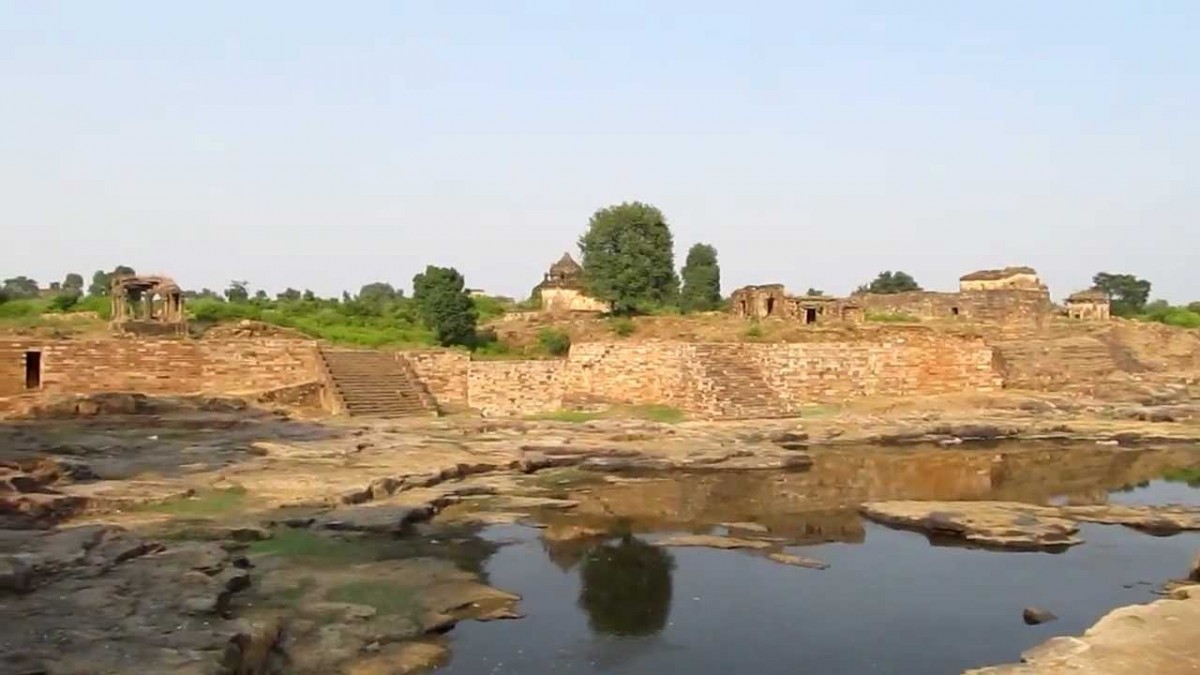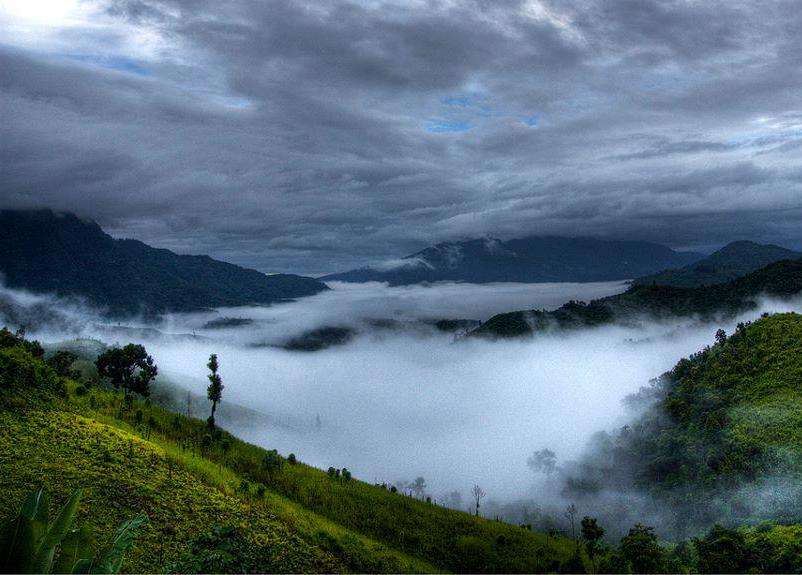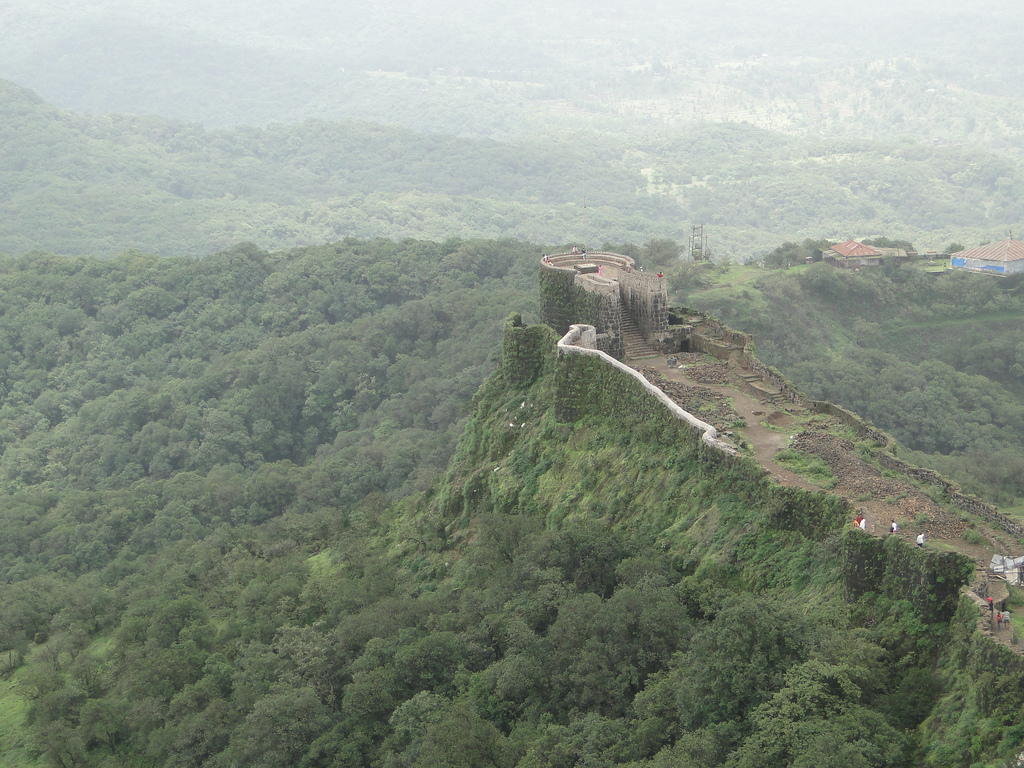
Senapati Tourism and Travel Guide
History of The City: The kingdom of Manipur existed just like the existence of the United Kingdom of Britannia. The basic requirements of a kingdom are kingship, a capital or seat of power, an administrative set-up, a territory with well defined boundarySenapati including regional principalities, rules, regulations and laws of the land which guide governance, courts of justice, revenue and administrative division of the kingdom in the form of provinces, districts, counties, boroughs etc., hierarchy of nobles and officials, an army to defend the kingdom or to attack neighboring countries for annexation, coinage for trade and commerce, literature, script and culture indicating civilization, a recorded history for future generations and so on. Let us examine if Manipur qualified to be called a kingdom from the above points of view. One of the most important aspects of an independent kingdom is coinage. Power and authority are required to make the subjects accept the coinage. Manipur kingdom had coinage known as Sent Senkhai etc. King Khagemba had his own bell metal coinage. These ancient coins are now in Manipur Government Museum and more importantly in Mutua Museum, Imphal.
Manipur had a two thousand year old history. Chaitharol Kumbaba (Royal Chronicles) is a diary of events happening in the State. It is like a War Diary of a Regiment of the Indian

Army. In fact Chaitharol Kumbaba is a written history of Manipur. A chronology of kings who ruled Manipur is available.
Kangla Fort in Imphal was usually the seat of power though Canchipur, Khurai and other places were sometimes capitals. During the reign of Maharaja Pamheiba alias Garibniwaj (1709-1748), Manipur kingdom extended upto Mandalay in Myanmar. Though Hindu Brahmins had come earlier to Manipur and settled down and tried to spread Hinduism, it was during the time of Garibniwaj that most of the Meiteis became Hindus.
Let us have a look at the pre-Hindu Manipur kingdom under one of the most illustrious kings of Manipur, King Ningthou Hanba alias Khagemba (1597-1652). In 1606, one of his younger brothers, Prince Sanongba rose in Senapatirebellion. He raised a big army in Cachar, which included many Muslim soldiers with firearms, from Bengal Province of Mughal Empire. Jehangir was the then Mughal Emperor. Sanongba was defeated and King Ningthou Hanba brought many Muslims as prisoners of war. They were skilled blacksmiths, carpenters, tailors, weavers etc. The King absorbed these Muslims into Manipuri fold by giving them Manipuri family names and allowed them to marry Manipuri women. Since they came from Bengal, they were known as Bangal, which got corrupted into Pangal or Meitei Pangals. Since the mothers were Manipuri women, the children spoke Manipuri. Now, all Manipuri Muslims have Manipuri as their mother tongue. Manipuri Muslims contributed a lot in the fields of weaving, tailoring, agriculture etc. Khagemba was a far-sighted statesman.
In around 1631, King Ningthou Hanba defeated a marauding horde of Chinese, perhaps from Yunnan Province of China. In Manipuri parlance, Khagi means Chinese, Awa means Burmese. So the king became to be known as Khagemba, conqueror of Khagi. Again, Khagemba brought many Chinese prisoners of war. They were assimilated into Manipuri society. At that time Manipuris did not know how to make bricks. The Chinese made bricks and built the historical hump-backed arch bridge over Nambul River at Khwairam-band Bazar and a gate at the royal palace. These Chinese bricks are small in size and are not burnt fully. In Chinese language bricks are known as ‘chek’ and the same word is incorporated into Manipuri language. Sericulture was introduced by the Chinese. Muga Silk became very popular. Royal robes like ‘Khamen-chatpa’ were made of silk. The contribution of Khagemba in the field of modern advancement was extraordinary.
He had the best of relations with the hill tribes of Manipur particularly the Kabuis and Chothes. As a military leader he fought the Tripuris in 1634. He waged war with Burma in 1648 at the age of 72. Firearms were introduced inSenapati Khagemba’s army. Manipuri cavalry on ponies was famous with ‘arambai’, a weighty steel arrow with a rope tail, which was let off with terrific speed and accuracy after swinging several times. Khagemba’s life was military campaign, conquest, development, civilization, assimilation and glory. He died in 1652 at the age of 76. The extent and spread of Manipur kingdom can be visualized now, by the spread of Manipuri community including Manipuri Muslims in Assam, Tripura, Bangladesh and Myanmar. Tripura royal family of Deb Burmans was closely linked with Manipur Royal family. In the Agartala Palace of Tripura, one of the palace languages was Manipuri. How could these things happen if Manipur kingdom did not exist?
The kingdom of Manipur had departments called Loisangs. Department of Food and Civil Supplies existed. State food grain storehouses were established. Koireng-Kei (Kei means grain storage depot), Mongsang-Kei, Kiyam-Kei are some examples. Districts or co-unties existed as panas and lups. A standing army, which included tribals, was maintained. Lanmee Yareksang (army barracks) existed in the palace during Khagemba’s period.
Written documentation by British gave glimpses of the Manipur kingdom. In page 101 of the book called ‘The North- Eastern Frontier of India’ by Alexander Mackenzie, it says ‘It was even proposed in 1831, to make over to Manipur the defense against Burma of the whole of Sadiya Frontier’. In page 102 of the same book, it says ‘In 1835, indeed, the forest between Doyeng and Dhunsiri was declared to be the boundary between Manipur and Assam’. Doyeng is a hill range and Dhunsiri is a river both near Dimapur now in Nagaland.
Why were the East India Company and the Supreme Government at Fort Williams, Calcutta, so generous to Manipur as to suggest making over to Manipur the whole of Sadiya Frontier Tract, which lies on the northern bank of the big SenapatiLohit River (Tsangpo in Tibet, Lohit in Sadiya, and Brahmaputra in Assam). There are reasons.
The Burmese under Alaungpaya Dynasty became very powerful in the eighteenth century. They raided Sadiya, Assam and other places, which were under the control of East India Company. Manipur was overrun by Burmese and
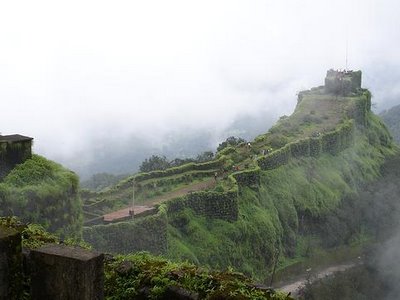
suffered ‘Chahi Tarret Khuntakpa’ (Seven Years Devastation -1819-1825 – inclusive of both the years). Protection of East India’s territory became a problem.
The first Indo-Burmese War (1824-26) broke out on 5 March 1824. The British plan was to attack Burma from two fronts. While Major General Sir Archibald Campbell was to land his troops by sea route at Rangoon and advance north, Brigadier General Shuldham’s force of about 6000 men and a huge quantity of supplies marched from Dacca in March 1824 and was to attack Burma through Manipur and advance south to link up with Campbell. Due to insurmountable problems of communications, disease and sickness, the force could reach only upto the bank of Jiri River in Cachar and had to turn back. After this unsuccessful attempt of General Shuldham, Gambhir Singh, the fugitive prince from Manipur who had earlier distinguished himself in the battles fought alongside the British against the Burmese, proposed to liberate Manipur with his Manipur Levy of 500 officers and men (all Manipuris) and do the campaign against Burma.
The British accepted the proposal and Lieutenant Richard B. Pemberton was deputed to accompany the force. They left Sylhet on 11 March 1825. Bridge or no bridge, boat or no boat, Manipuri soldiers crossed rivers by swimming backstroke with one hand and legs, while the other hand held his musket high above water. Rivers and steep hill ranges were never any problem for them.
On reaching Manipur border on the old Cachar road, swarms of Manipuri tribal with spears and arrows joined GambhirSenapati Singh’s force. By the time Gambhir Singh reached the outskirts of Imphal Valley on June 10, the Manipuri Army strength was more than 2000 men. They easily defeated the Burmese Army Camp at Bishenpur. The second battle strength of Manipuri troops to 2400… This large force occupied the Kendat Province of Burma. King Thibaw was captured. The British annexed Burma in 1886.
The Supreme Government was aware of the role played by Manipur in the affairs of North-East India particularly in the affairs with Burma which was their main enemy. They knew that, what the heavily armed and amply provisioned British forces under General Shuldham could not do was easily performed by the lightly armed and scantily provisioned, jungle- tough Manipuri troops. In fact Manipur did half of the military campaigns in the first and third Anglo-Burmese Wars for the British. Above all they found the Manipuris to be trust-worthy. That was the reason why Alexander Mackenzie wrote in 1831 and suggested to use Manipur for the defense of Sadiya from harassment by Burmese forces. In the same manner, he suggested in 1835 to make Doyeng and Dhunsiri as the boundary between Assam and Manipur. Indeed before the Briggs-Gordon boundary demarcation of 1842, which put Mao as the northern boundary of Manipur, large areas of present Nagaland, perhaps up to Dhunsiri were under Manipur. Capt. Briggs was an officer of the Royal Engineers of the British Army and Capt. Gordon was Political Agent in Manipur. Manipur was too weak for any protestation due to Palace Intrigue between Dowager Maharani Kumudini Devi and Regent Nara Singh, who ruled Manipur on behalf of boy- king Chandrakirti. Now these are only records of history.
Manipur kingdom had her own script called Meitei Mayek. But when the British conquered Manipur in 1891, the conquerors did not want to use Manipuri script because of the large number of Bengali clerks under British employment who did not know Meitei Mayek. Moreover, printing press in Bengali script was already available. Another press with Meitei Mayek was impracticable at that time. So the British introduced Bengali script in Manipur. Writings with Meitei Mayek can be found on old coins, metal plates found after archaeological search, the huge stone block lying half-buried on the northern side of HQ M Sector of Army, etc. Incidentally Manipur is the last Indian Territory conquered by the British.
World famous game of polo originated from Manipur. This is recognized by Guinness Book of Records. In the field of dance and culture, Manipur occupies a distinct position in India. Manipuri dance is recognized as one of the classical
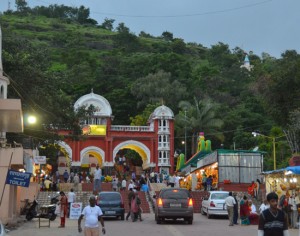
dances of India. Manipuri calendar based on lunar months with Manipuri names of seven days of the week and twelve months of the year existed. This is a sign of civilization.
There are enough protocols and customs in Manipuri society to indicate existence of royalty and a sound social order. Rajkumars still enjoy a unique social status. Commoner Manipuri do not mind it. On the other hand, many commoners want to preserve these as our legacy and tradition.
The township of Senapati, the headquarters of Senapati District was named after Senapati Tikendrajit Singh. Protocol demanded that the British Political Agent Major General Sir James Johnstone was to be received by a Prince of the Manipur Royal family near Karong. Senapati Tikendrajit Singh used to camp at Senapati to await the arrival of Johnstone. Thence, the place where Senapati Tikendrajit Singh camped became known as Senapati. History has shown that Manipur including our tribal-inhabited hill areas was indeed a kingdom in all respects.
The British accepted the proposal and Lieutenant Richard B. Pemberton was deputed to accompany the force. They left Sylhet on 11 March 1825. Bridge or no bridge, boat or no boat, Manipuri soldiers crossed rivers by swimming backstroke with one hand and legs, while the other hand held his musket high above water. Rivers and steep hill ranges were never any problem for them.
On reaching Manipur border on the old Cachar road, swarms of Manipuri tribal with spears and arrows joined Gambhir Singh’s force. By the time Gambhir Singh reached the outskirts of Imphal Valley on June 10, the Manipuri Army strength was more than 2000 men. They easily defeated the Burmese Army Camp at Bishenpur. The second battle with Burmese was fought at Andro. Then, it was a matter of chasing away the retreating Burmese Army from Kakching, Tengnoupal, Lokchou etc. till the entire Manipur was liberated within a matter of two weeks.
Handing over the charge of protecting Manipur to Senapati Nara Singh (brother of Gambhir) with 300 Manipur Levy men and 700 locally raised militia, Gambhir Singh and Lt. Pemberton left Manipur for Sylhet towards the end of June. The news of the successful expedition against the Burmese pleased the British. Gambhir came back in December 1825 with re- enforcements and 1500 muskets. This time, Capt. Grant accompanied Gambhir Singh. By February 1826 Gambhir Singh captured Kabaw Valley and was marching towards Mandalay.
On the other front, Sir Archibald Campbell landed his troops at Rangoon on 11 May 1824. By February 1826 Camp-bell occupied Yandaboo, only 45 miles from Ava, the capital of Burma. Squeezed from north and south, the Court of Ava negotiated for peace and Treaty of Yandaboo was signed on 24 February 1826.
The second Anglo-Burmese War broke out in 1852. At that time Maharaja Chandrakirti Singh was just about 20 years of age and was trying to consolidate his position. So Manipur did not take part in that war.
The third Anglo-Burmese war (1885-86) broke out and Manipur played a significant part. On the request of Major General Sir James Johnstone, the British Political Agent in Manipur, Maharaja Chandrakirti Singh sent 900 Manipuri soldiers under General Balaram along with Johnstone and his 50 sepoys of Bengal Infantry. This was further strengthened with 1000 men under General Thangal and a further 500, raising the strength of Manipuri troops to 2400. This large force occupied the Kendat Province of Burma. King Thibaw was captured. The British annexed Burma in 1886.
The Supreme Government was aware of the role played by Manipur in the affairs of North-East India particularly in the affairs with Burma which was their main enemy. They knew that, what the heavily armed and amply provisioned British forces under General Shuldham could not do was easily performed by the lightly armed and scantily provisioned, jungle- tough Manipuri troops. In fact Manipur did half of the military campaigns in the first and third Anglo-Burmese Wars for the British. Above all they found the Manipuris to be trust-worthy. That was the reason why Alexander Mackenzie wrote in 1831 and suggested to use Manipur for the defense of Sadiya from harassment by Burmese forces.
In the same manner, he suggested in 1835 to make Doyeng and Dhunsiri as the boundary between Assam and Manipur. Indeed before the Briggs-Gordon boundary demarcation of 1842, which put Mao as the northern boundary of Manipur, large areas of present Nagaland, perhaps up to Dhunsiri were under Manipur. Capt. Briggs was an officer of the Royal Engineers of the British Army and Capt. Gordon was Political Agent in Manipur. Manipur was too weak for any protestation due to Palace intrigue between Dowager Maharani Kumudini Devi and Regent Nara Singh, who ruled Manipur on behalf of boy-king Chandrakirti. Now these are only records of history.
Manipur kingdom had her own script called Meitei Mayek. But when the British conquered Manipur in 1891, the conquerors did not want to use Manipuri script because of the large number of Bengali clerks under British employment who did not know Meitei Mayek. Moreover, printing press in Bengali script was already available. Another press with Meitei Mayek was impracticable at that time. So the British introduced Bengali script in Manipur. Writings with Meitei Mayek can be found on old coins, metal plates found after archaeological search, the huge stone block lying half-buried on the northern side of HQ M Sector of Army, etc. Incidentally Manipur is the last Indian territory conquered by the British.
World famous game of polo originated from Manipur. This is recognized by Guinness Book of Records. In the field of dance and culture, Manipur occupies a distinct position in India. Manipuri dance is recognized as one of the classical dances of India. Manipuri calendar based on lunar months with Manipuri names of seven days of the week and twelve months of the year existed. This is a sign of civilization.
There are enough protocols and customs in Manipuri society to indicate existence of royalty and a sound social order. Rajkumars still enjoy a unique social status. Commoner Manipuri do not mind it. On the other hand, many commoners want to preserve these as our legacy and tradition.
The township of Senapati, the headquarters of Senapati District was named after Senapati Tikendrajit Singh. Protocol demanded that the British Political Agent Major General Sir James Johnstone was to be received by a Prince of the Manipur Royal family near Karong. Senapati Tikendrajit Singh used to camp at Senapati to await the arrival of Johnstone. Thence, the place where Senapati Tikendrajit Singh camped became known as Senapati. History has shown that Manipur including our tribal-inhabited hill areas was indeed a kingdom in all respects.
How to Reach?
Journey to Senapati in Manipur
Airport: Imphal Airport, lies 8 km from Imphal city toward south. Imphal connects the place with Guwahati, Delhi, and Calcutta. Indian Airlines connects Imphal with Delhi via Guwahati on a daily basis. You can reach Senapati from Imphal by road.
Railhead: Dimapur, 215 km from Imphal, is the nearest railhead for Manipur. You can reach Senapati from Imphal by road.
Road Transport: Imphal is connected by road with Dimapur by National Highway 39 and Silchar by National Highway 53. You can reach Senapati from imphal by road.

